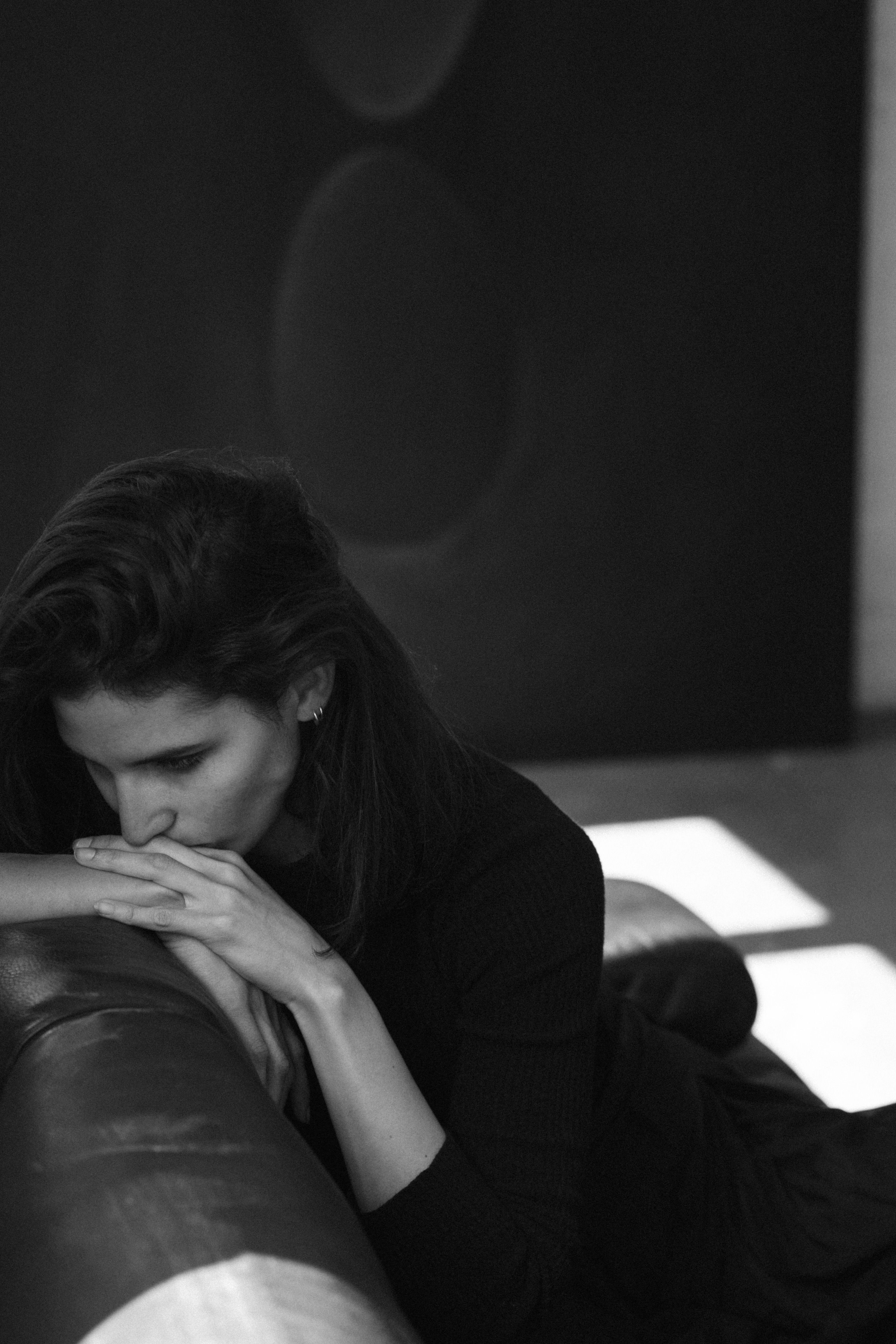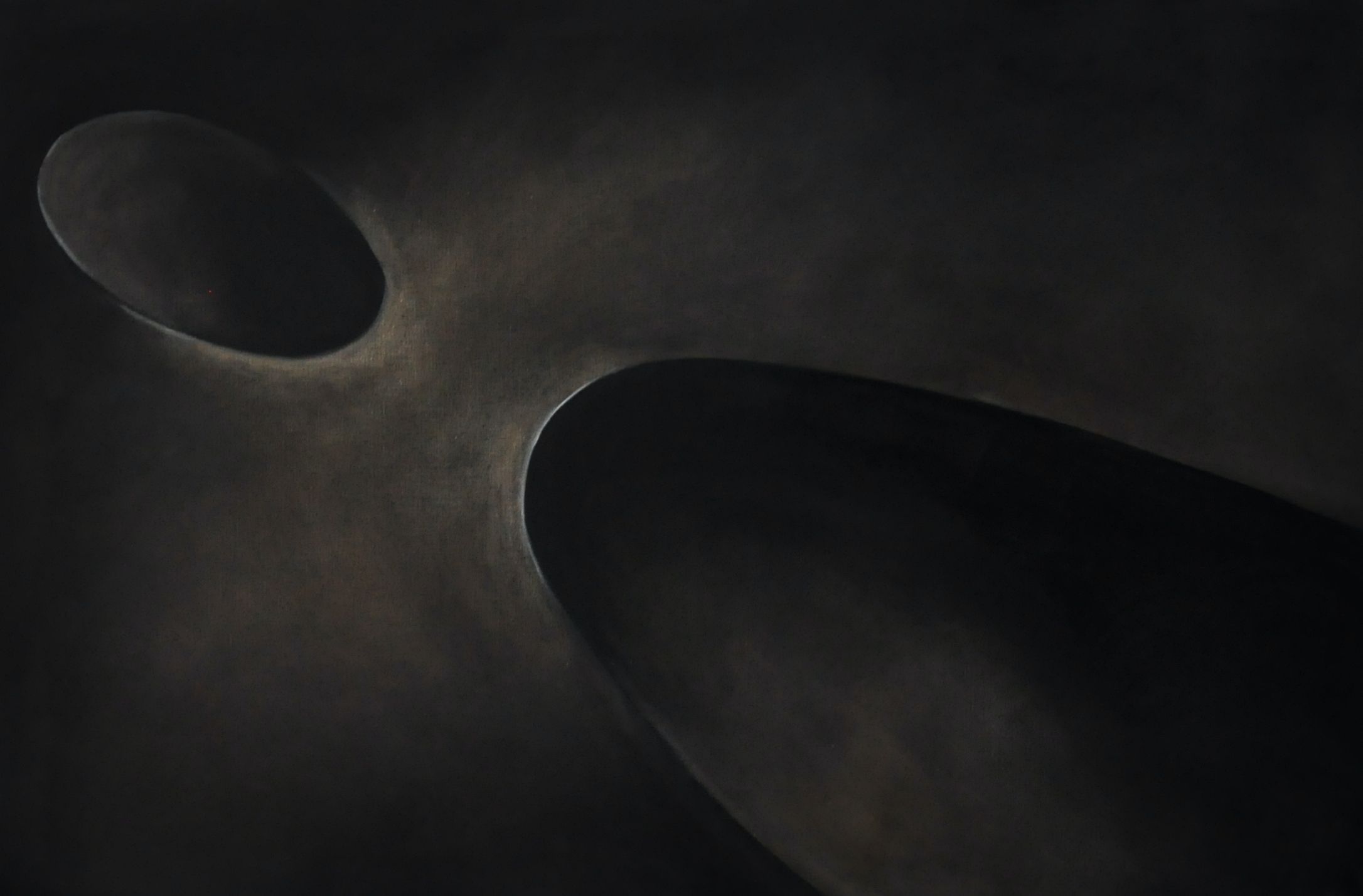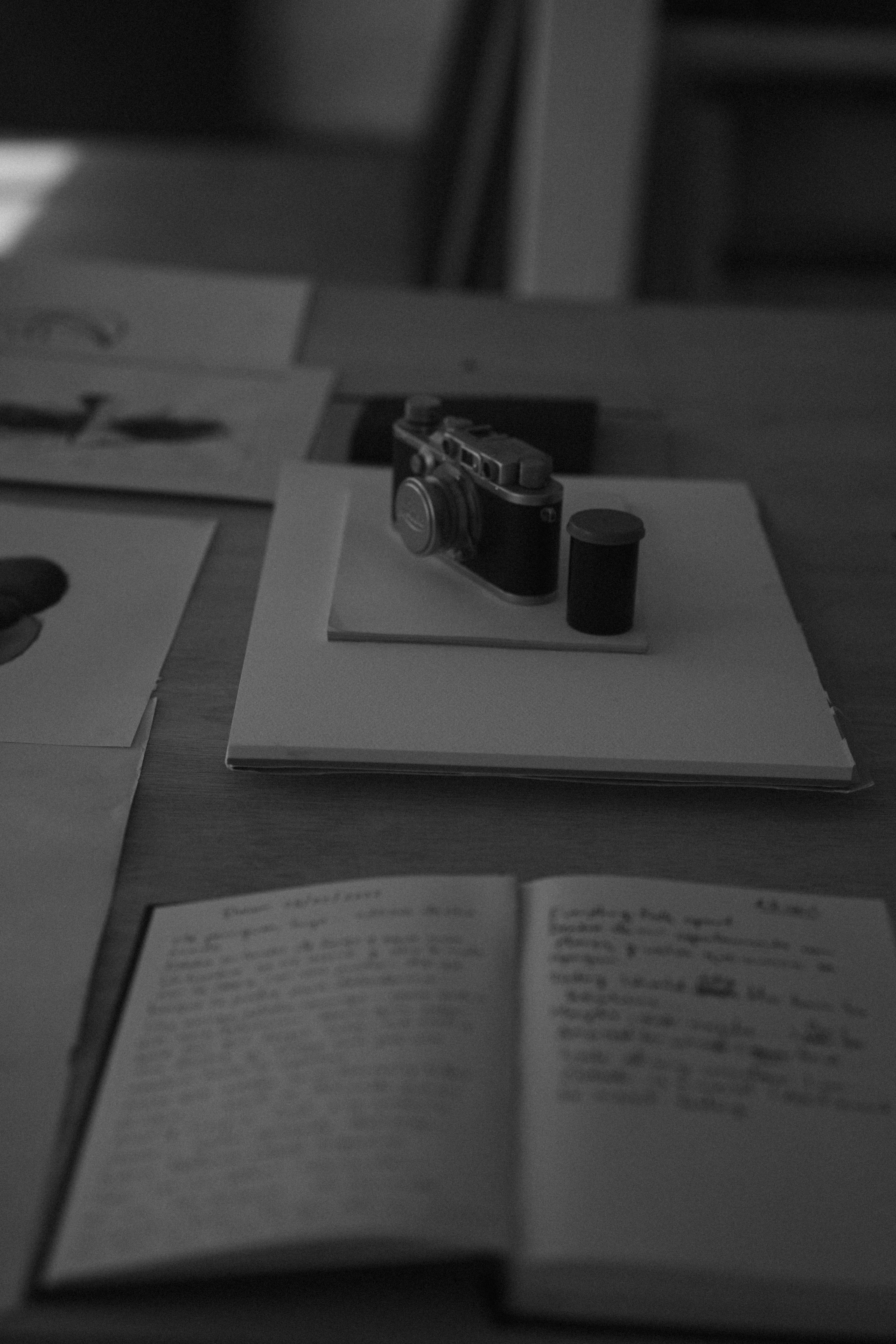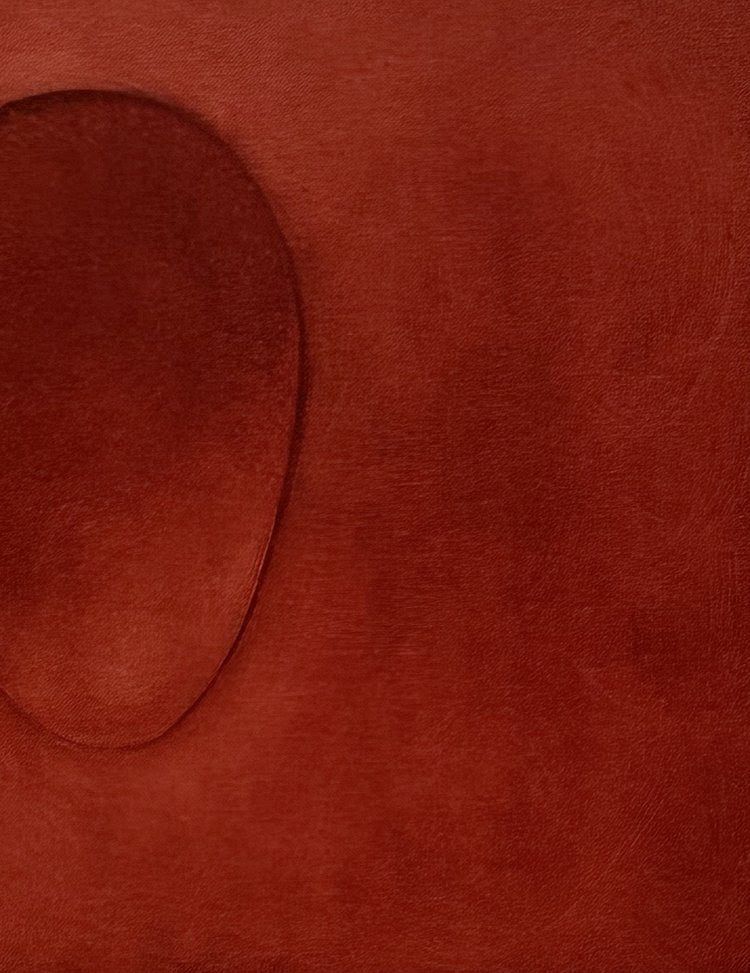
The self-taught Cuban-Costa Rican artist Ileano Moro is widely celebrated for creating textural Rothko-esque abstractions in oil and linen that have been exhibited all over the world - works so pitch-black in depth that they often seem to communicate the curvature of a gravity well, drawing the viewer into an expansive cosmos of self-contemplation. These layered works, which have graced the pages of the likes of Vogue, seem to invite us to consider our shadow selves, drawing our attention towards what the artist refers to as the ‘invisible realm’ – a deeper reality, beyond physical form, societally prescribed identities, and, indeed, space and time. Her artistic process is deeply personal, and an encounter with her work evokes a sense of deep-diving into the collective unconscious via formless abstraction – an emotional journey that she believes leads, ultimately, to self-realisation and a deeper understanding of the soul. As such, her work is intended as a catalyst for meditation upon the great mysteries of existence, mirroring the relationship between the vast introspective universe of the human mind and the endless unfolding darkness of space. Here, the artist invites House Collective Journal to walk in shadows, as she shares the personal journey that has led her to her unique, and minimalist form of expression.
Can you recall anything in your formative years that was fundamental in setting you on the path of the artist?
It was a combination of life circumstances and a realisation that I needed to make a change. For a long time, I was caught up in fear, prioritising things that were fed by others. I was going against my true feelings unintentionally, and I was lost for many years. My soul was crying and screaming. Somehow, after experiencing numerous good and negative experiences. I made the decision to make a change in my life. I decided to fully surrender and pursue what I truly love every single day. And everything started to change from that point onward.

You have talked about 'soul development' in regard to your work, could you unpack that concept?
To be honest, I have problems communicating my work in words.
I think the paintings often communicate their essence better than I can through words alone. As for the concept of soul development, I believe that our purpose in this world goes beyond superficial accomplishments. I think we are here to tap into the unseen aspects of ourselves, particularly our souls. The soul is an incredibly powerful force that requires nurturing and growth. We are complex beings with a multitude of layers and dimensions. Existence is not simply a physical experience, but also a deeply existential one. In my work, I explore these existential concerns by delving into questions of purpose, and the energy of the invisible. What drives me is definitely the provocation and contemplation, inviting me to reflect on their own existential journey.
What would you say is at the core of your practice as an artist?
I think I have a need to express myself through various means like many artists. I love seeking inspiration and knowledge that can inform my work. I love everything that it exposes me to new perspectives and experiences that shape my artistic expression. In the end, It allows me to truly feel alive and connected to my own sense of identity everyday life, it's not just about being in the studio, it’s the whole. But I am still in the midst of this exploration and evolving. A significant portion of my work is tied to my identity. I am a super happy person in front of others. However, there is another side to my identity that emerges during quieter moments, when I find myself in a contemplative state. These are the moments of introspection and reflection, where I delve into deeper emotions and thoughts. It is during these periods of introspection that my work truly takes shape.

Why are you drawn to abstraction? What does it facilitate that other forms of expression might not?
I don't know if abstraction possesses a unique beauty of its own, but my purpose, from the beginning, is the inherent sense of mystery. I think abstraction offers a sense of liberation, as a conduit to connect with, or respond to, non physical realms, I suppose it challenges conventional norms, and embraces the unknown. This constant process of discovery and growth is what keeps me motivated and inspired.
How do you approach a blank canvas?
I usually find myself sitting in front of it, contemplating the possibilities with fears, right and left. Once that moment of clarity arrives, I return to the canvas and begin the process of bringing it to life. It's an intense experience. I don't know how to explain it in words, I communicate with something beyond myself, allowing the artwork to unfold organically. It's a dance between intuition and technique. Overall, the journey from a blank canvas to a living artwork is a profound and transformative experience, one that requires patience, introspection, and a willingness to surrender to the creative process.

Why do you have such an interest in darkness and shadow forms?
My interest in darkness and shadow forms stems from a personal journey of self-discovery during difficult moments in my life. I did not adhere to any particular school of psychology, but sought to understand myself and navigate through challenging times. In those moments when hope seemed elusive, I found solace in faith, whether it be in something greater than myself, or in the belief that there is a light at the end of the tunnel (I created paintings that capture this period, all of which are located in Mexico). Thanks to art, I was able to find a sense of purpose and continue living. It was through embracing the darkness that I gained a deeper understanding of myself and grew in maturity. The darkness became a catalyst for growth, providing me with valuable insights and lessons that shaped my artistic expression.

Do you believe it is only by looking at the darkness within ourselves that we can evolve and transform?
I believe that exploring the darkness within ourselves is indeed a crucial part of personal evolution and transformation. It is during challenging times that we often gain profound insights and learn valuable lessons about ourselves and the world around us. I think by facing and embracing our shadows, we can uncover hidden strengths, confront our fears. The attraction to explore darkness stems from the recognition that it is an integral part of the human experience. Just as light and darkness are intertwined, they coexist and complement each other. I believe in embracing the duality of existence. Life is a tapestry of light and darkness, joy and sorrow, growth and challenges. It is through the integration and acceptance of both aspects that we can find balance and wholeness. It is important to note that when referring to darkness, I am not endorsing or condoning any negative or harmful actions. Rather, I am speaking about the exploration of our own inner depths and the transformative potential that lies within.
Find out more about Ileana Moro here
Portrait of the artist by Ekaterina Varezhkina. Portrait of the artist on main page by Hans Tennerman.